Why is Rose Summer called Rose Summer? Stop calling him "geisha". History and development story of Rosa coffee beans.
Professional coffee knowledge exchange more coffee bean information please follow the coffee workshop (Wechat official account cafe_style)
Since the best Panamanian coffee (BOP) won the championship in 2004, it has been active in the front end of boutique coffee. Random coffee of this variety has also broken the record of coffee bean auction price many times, which has also helped many baristas to win the championship in the competition. At the same time, its unique elegant and fresh flavor has made coffee people all over the world love it.
As more and more friends realized that Rosa Coffee Bean, they began to search for information about Rosa Coffee. For example, you can see this article. In the process of looking up the information, have you noticed that Rosa Coffee Bean has another Chinese name-Geisha Coffee Bean. In fact, no matter which name it is, it ultimately represents the coffee variety of Gesha, so why are there two names?

At first, Gesha coffee beans were called geisha because when the Japanese first came into contact with the variety, their Gesha was pronounced the same as the Japanese word for "geisha", also known as "geisha". Later, Taiwan came into contact with this variety of coffee beans through the Japanese, so the word "geisha" was used as the Chinese name. The "Rose Summer" is named by Mr. Yuan, the regional head of Chinese mainland of the former Monroe Raw Bean Company.
Why did you change "geisha" to "Rose Summer"? According to the information consulted by Qianjie Coffee, because of the "geisha", many coffee merchants will use the Japanese "geisha" as packaging publicity. This is somewhat inappropriate, and in essence, there is no connection between the two. It's just that the pronunciation of the text is similar.
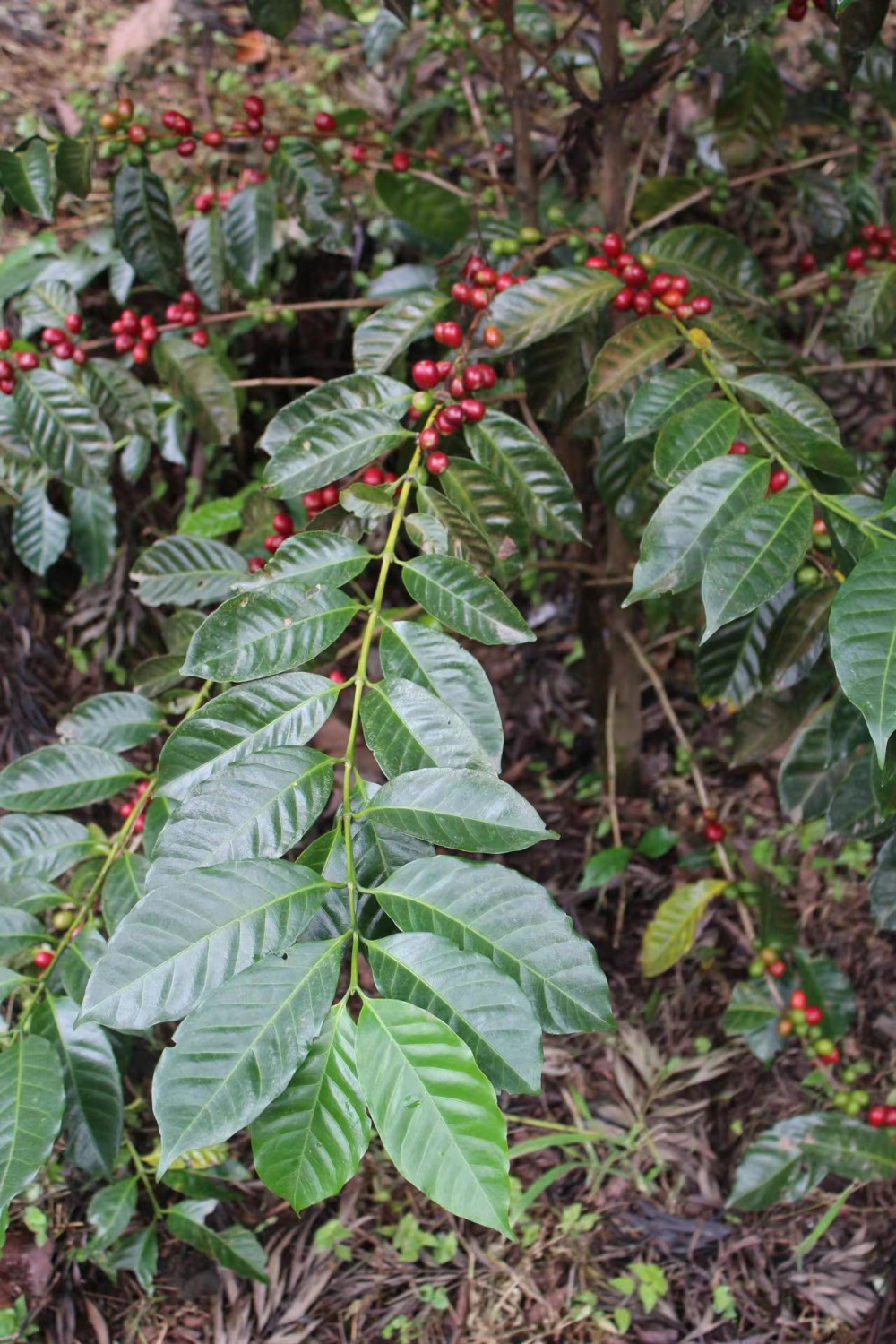
Therefore, by changing the Chinese translation of Gesha, consumers who are new to Geisha coffee will no longer think that it is named after the Japanese geisha performing arts tradition, hope and explicitly avoid seeing any Orientalist images used to market and quote this kind of coffee in the future, and become more poetic about this coffee variety with exquisite flavor and experienced taste buds.
The rose coffee variety was first "discovered" by British colonial explorers in southwestern Ethiopia in the 1930s. At first, the coffee variety was not named, but was sampled directly from the gesha Mountains. Then the rose variety was brought to the research stations in Kenya and Tanzania and found that it had better resistance to coffee leaf rust, so the rose variety was brought to Panama for the research and improvement of coffee varieties.
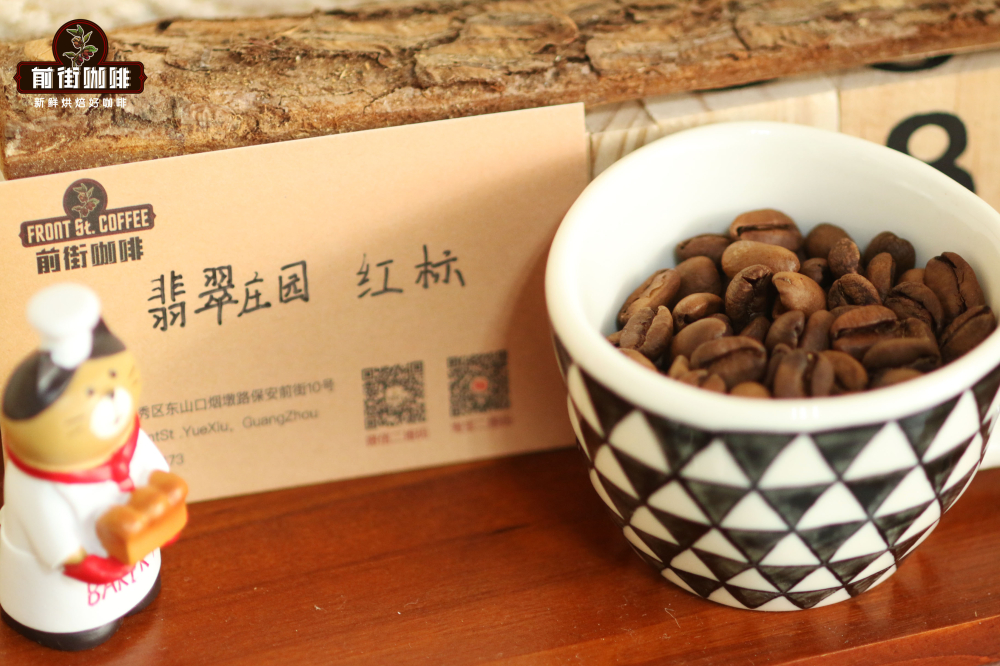
Until 2003, after a concentrated harvest, the Peterson family, the administrator of the Panamanian Jade Manor, determined the quality of the coffee by cup test, and found that some of the coffee beans tasted slightly different from those grown in other manors. with a very unique citrus fruit tone and flower tone, so this batch of coffee beans with unique flavor were distinguished and treated separately. In 2004, they decided to independently process and compete the coffee fruits from strange-looking coffee trees, and finally won the championship with a very high score in the 2004 BOP contest.
At that time, the champion Rosa coffee beans were priced at $21 per pound among auctioneers, but the $21-a-pound coffee beans in 2004 were already very expensive in Chengdu. After winning the championship, the Peterson family also genetically traced the coffee beans and determined that the plant of the coffee variety picked in the Gesha Mountains of Ethiopia had the same gene, so it was named Gesha.
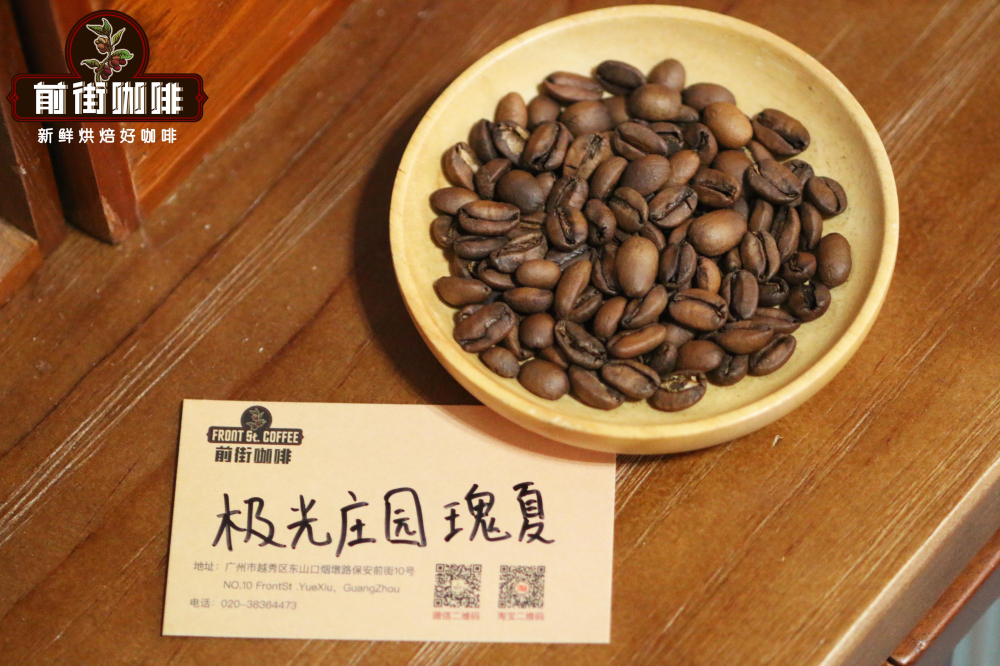
With the increasing popularity of Rosa coffee, in addition to the Emerald Manor, this variety has also been introduced in Panama, and many manors are also famous for the participation of Rosa coffee varieties, such as Alida Manor, Aurora Manor, Deborah Manor, Nugo Manor, etc., in addition to the rose summer coffee beans grown in the manor, the flavor of Rosa coffee grown in other related areas is also very good. Although it is not as delicate as the manor-level rose summer flavor, beginners can start with ordinary Panamanian rose summer coffee beans, such as the Panamanian Pokuit coffee beans from the Panamanian Pokuit region of front street coffee. (to tell you secretly, the Emerald Manor is also in the Pokuit producing area! )
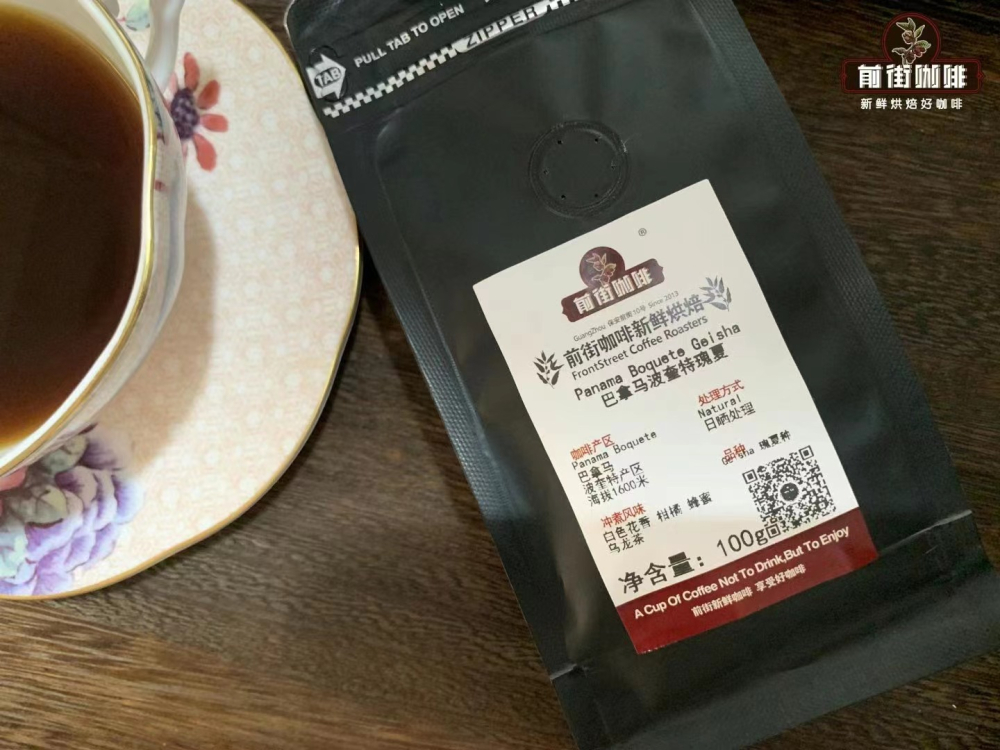
Wow! You've already started! Speed, speed! So such an elegant rosy summer, how can we make it taste good? Because Rosa coffee grows at high altitude, the temperature difference between day and night gives coffee beans a long enough time to grow and flavor formation, so the beans of Rosa varieties are hard and easy to sink to the bottom and block the pores. Therefore, Qianjie Coffee recommends the use of Chinese standard No. 20 sieve with a pass rate of 78% (about the size of fine sugar) in the grinding fineness of coffee beans.
Brewing parameters: 15g coffee powder, paired with Hario V60 small filter cup, then brewed with 1:16 powder-water ratio. One more portion of water is used to maintain the extraction rate of coffee, and on the other hand, the coffee concentration is reduced to 1.15%, 1.25%, which is the best flavor of coffee. In terms of water temperature, maintain 91 degrees Celsius.
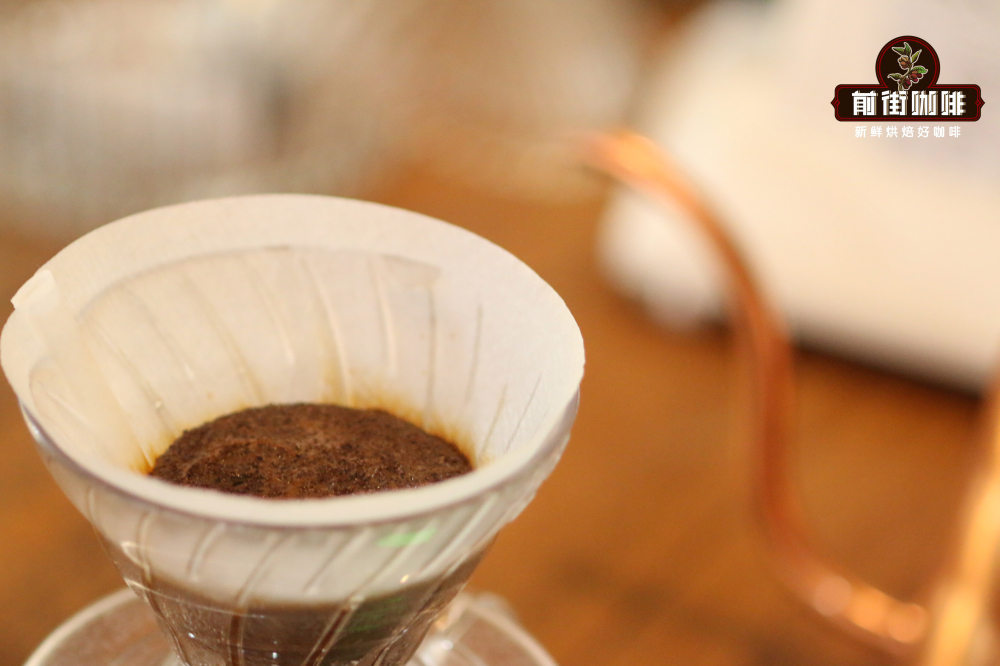
When everything is ready, use three-stage boiling technique: start timing, the first injection to 30g water, carry out 30s steaming; then start the second small amount of water to 125g, wait for the powder bed water to go down to half and then inject water, and then continue to inject small water around 225g, after all the dripping filtration is completed, the total extraction time is about 2 minutes 10 seconds-2 minutes 20 seconds.
Panamanian Pocket producing area Rosa coffee beans brewing flavor: citrus, white flowers, green tea, honey.
For more boutique coffee beans, please add private Qianjie coffee on Wechat. WeChat account: kaixinguoguo0925
Important Notice :
前街咖啡 FrontStreet Coffee has moved to new addredd:
FrontStreet Coffee Address: 315,Donghua East Road,GuangZhou
Tel:020 38364473
- Prev
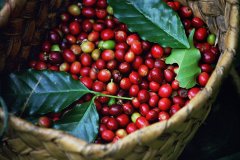
Uganda Coffee Flavor Taste Features History Arabica Robusta Coffee Bean Region
Uganda is one of the major producers of Robusta coffee beans. Some Arabica coffee is also grown in different highland areas of the country, most notably on the slopes of Mount Elgon on the border with Kenya and Mount Rwenzori, commonly known as the Moon Mountain on the border with Kenya. Some Arabica coffee is also available in the northwest of the country in the West Nile region
- Next
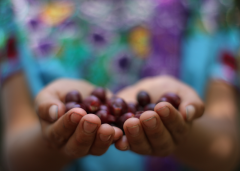
The story of Santa Felisa Manor in the coffee producing area of Guatemala the process of planting coffee beans in Guatemala
Finca Santa Felisa was founded by Mr. Trinidad E. Cruz in 1904. The farm has developed into the Mayan Kakchiquel district, working with local families, some of whom still work on the farm! Santa Felisa is located in the microclimate zone of Akatnango volcanic Valley. The best weather conditions slow the beans to ripen and absorb the needs for a perfect balance of carbonic acid.
Related
- Detailed explanation of Jadeite planting Land in Panamanian Jadeite Manor introduction to the grading system of Jadeite competitive bidding, Red bid, Green bid and Rose Summer
- Story of Coffee planting in Brenka region of Costa Rica Stonehenge Manor anaerobic heavy honey treatment of flavor mouth
- What's on the barrel of Blue Mountain Coffee beans?
- Can American coffee also pull flowers? How to use hot American style to pull out a good-looking pattern?
- Can you make a cold extract with coffee beans? What is the right proportion for cold-extracted coffee formula?
- Indonesian PWN Gold Mandrine Coffee Origin Features Flavor How to Chong? Mandolin coffee is American.
- A brief introduction to the flavor characteristics of Brazilian yellow bourbon coffee beans
- What is the effect of different water quality on the flavor of cold-extracted coffee? What kind of water is best for brewing coffee?
- Why do you think of Rose Summer whenever you mention Panamanian coffee?
- Introduction to the characteristics of authentic blue mountain coffee bean producing areas? What is the CIB Coffee Authority in Jamaica?

